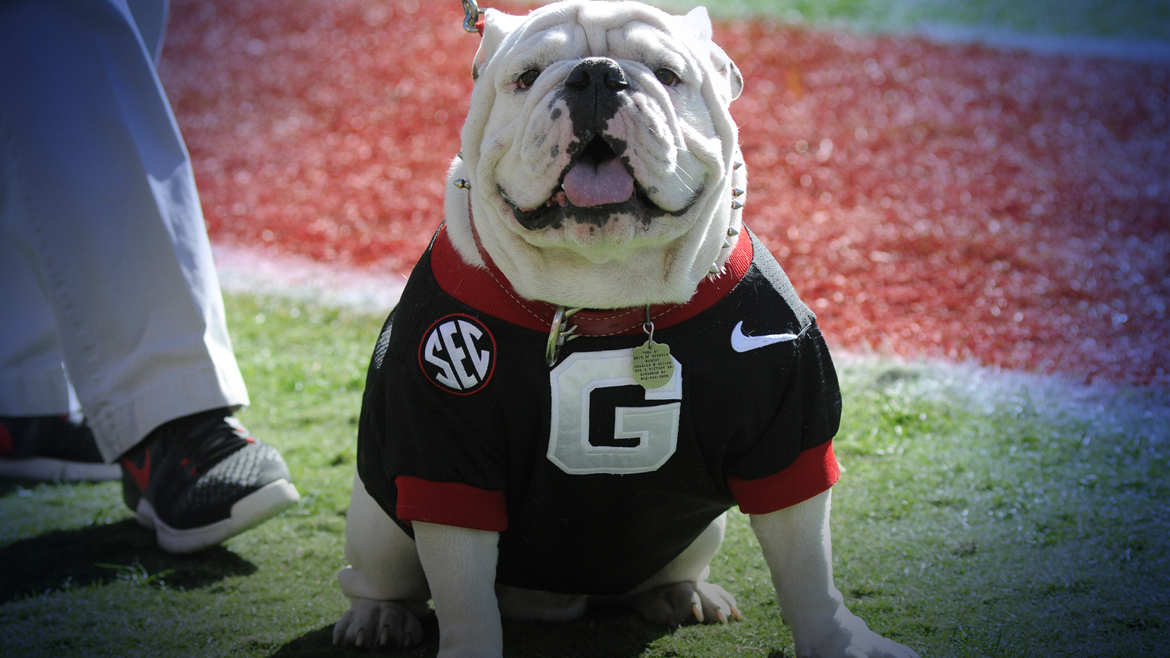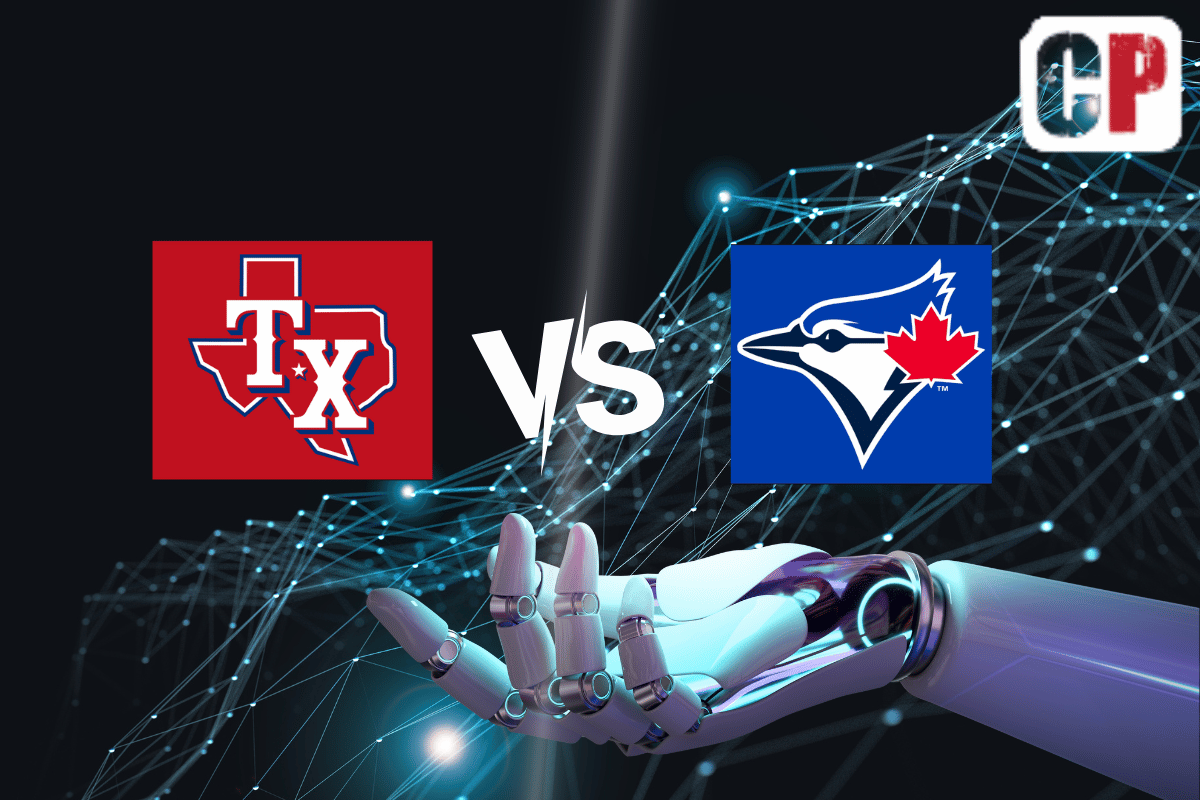“The 360” shows you diverse perspectives on the day’s top stories.
What’s happening
Uga looked like a very sad dog. The bulldog and mascot of the University of Georgia sat in his doghouse, his folded face drooping, as a cold rain poured on the fans and players at a recent football game. The image, which was shown on a national broadcast of the game, prompted a strong response from People for the Ethical Treatment of Animals.
“No dog deserves to be packed up, carted from state to state, and paraded in front of a stadium full of screaming fans.” the animal welfare group tweeted. “Animals are NOT mascots.” PETA has repeatedly called for Georgia and other universities to stop using live animals as mascots.
Live mascots have been a tradition in American college sports since a bulldog named Handsome Dan appeared at Yale sporting events in 1889. In 2016, about a quarter of schools in the top division of college football had animal mascots, according to ESPN. Together, they represent a broad swath of the animal kingdom. There’s Bevo the Longhorn Steer at Texas, Mike the Tiger at LSU, and Joy and Lady the Bears at Baylor, to name a few.
Why there’s debate
While PETA is known for its aggressive stances on animal rights issues, the group isn’t alone in questioning the ethics of live animal mascots. A football stadium with upwards of 100,000 screaming fans can be a confusing and scary environment for an animal, which could result in unpredictable behavior. The University of Colorado recently retired one of its buffaloes because she “wasn’t consistently responding to cues from her handlers.”
Serving as a mascot can also put a creature in potentially dangerous situation. Mississippi State’s bulldog mascot was struck by a football player in September. Uga was nearly trampled by Bevo before a bowl game in January.
Defenders of the practice argue that these are isolated incidents and most college mascots receive much better care than they could expect in the wild or elsewhere in captivity. There’s also evidence that animals are more effective at creating fan loyalty and fostering community. One study found that the live mascots may create millions of dollars in revenue for the schools they represent. Ultimately, though, the main case in favor of animal mascots is that people enjoy having them around.
Perspectives
Keep the Creatures
They’re an essential part of the college sports experience
“Georgia and so many of the other schools love their mascots, and game day wouldn’t be the same without them.” — Savannah Leigh, Fansided
Animals are awesome
“Let’s begin with the obvious: Animals make everything better! Some amount of downtime is built into every sport. Got a few seconds between plays? Waiting for the pitcher to retake the mound? Rather than aimlessly mozy around the stadium, every cameraman now has some golden b-roll built in: a few seconds of a bulldog or a buffalo just hanging out, living their best lives.” — Chris Landers, MLB.com
The animals continue traditions that stretch back more than a century in some cases
“Every school that has a live animal mascot also has a costumed version. So why use both? The answer seems to lie in what so many universities are grounded in: tradition.” — Stephanie Kuzydym, Washington Post
Mascots animals are treated very well by universities
“They perform in front of rock star crowds and as a result enjoy the posh perks of living in the spotlight.” — Ryan McGee, ESPN
No More Animal Mascots
Certain species are fine to use as mascots, others are not
“The real outrage seems to be for the use of predator animals — like tigers and lions — as mascots because many of them are caged on the sidelines and that just doesn’t set right with some.” — Doug Criss, CNN
Human mascots are better
“Humans dressed as animals are far better suited for football games than actual animals. Costumed mascots can interact with the crowd, wave at people and engage with fans much better than a live animal.” — MK Manoylov, Red & Black (University of Georgia)
There’s no way to completely control animal behavior
“Despite human attachment to them, animal welfare should be the final indicator of whether an animal should be used for entertainment purposes. Animal mascots are indeed pampered and have high-quality care, but they are put in situations where they could be seriously injured or injure other living things.” — MK Manoylov, Red & Black (University of Georgia)
Being a mascot forces an animal into a life of service
“Like animals kept in captivity at zoos, these mascots are prone to boredom and deprived of the ability to express their natural behaviors. This can lead to both mental and physical ailments, compounding the misery of these captive beings.” — Pam Ryan, One Green Planet
Animals aren’t here to be entertainment
“Using animals for our human entertainment is just plain wrong. It’s degrading to the animal and to us.” — Jill Lintukorpi, Daily Camera (Boulder, Colo.)
Is there a topic you’d like to see covered in “The 360”? Send your suggestions to the360@yahoonews.com.
Read more “360”s
Cover thumbnail photo illustration: Yahoo News; photo: Icon Sportswire/Getty Images



